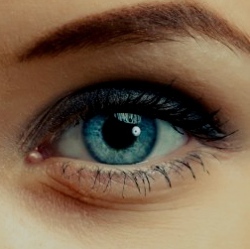
Science has never been all about breakthroughs. Instead the incremental advances of many people and technologies is instrumental to progress. The same is true for LASIK. Though the patent was approved in 1989, it was another 10 years before the FDA approved the procedure. The ubiquity of LASIK surgery is possible because of the success of previous laser surgeries and the advent of more precise technology.
Today, tens of millions of these procedures have been performed and the technology is only getting better.
Better than PRK for recovery and pain: The first PRK laser surgery performed was in 1987 by Dr. Theo Seiler. The technical achievement of this work was promising. It was possible that people who had been dependent on glasses could have a permanent correction done. Just two years later, another procedure was patented. The new procedure, LASIK (Laser-Assisted In-Situ Keratomileusis), boasted drastic improvements on the methods that Dr. Seiler had outlined in his work. A 2013 study concluded that LASIK surgery did indeed have faster recovery times and less pain than the comparable PRK surgery. This is due to the size of the flap produced in either surgery, with LASIK being minimally invasive.
Safer than contact lenses: A 2006 study made the bold claim that LASIK surgery was effectively safer than contact lenses. While direct comparisons are difficult as the article says, the case can still be made. A LASIK surgery offers a permanent solution to vision problems. Contact lenses are temporary, must be handled and cleaned properly, and carry a statistically higher rate of infection when used improperly. Glasses from All About Eyes don’t require as much daily care and attention and can be a cheaper alternative than contacts.
Recent years have brought about significant upgrades to the technology used in LASIK surgery. The accuracy systems within the machines has been further optimized and the impact of the laser is much smaller. Currently, LASIK surgery creates something called a "flap," where an incision is made in order to extract tissue from the eye. A new technique, known as SMILE (small incision lenticular extraction) reduces the incision needed to extract tissue by 80%. This massive improvement further reduces the recovery and healing time of patients undergoing the procedure.
